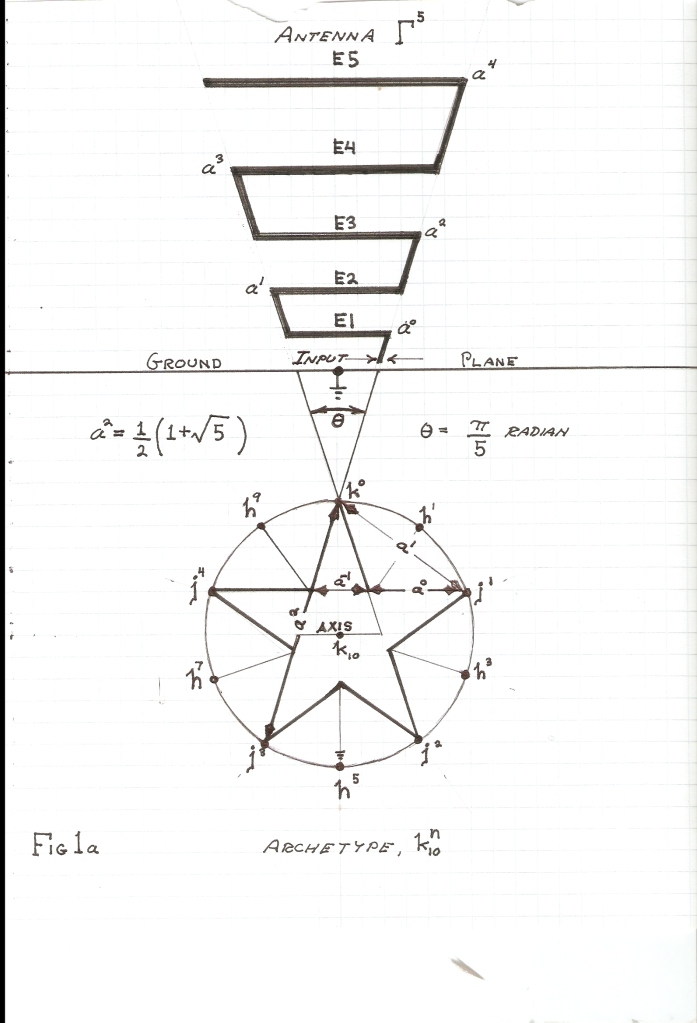Chris Anderson has always wanted to take to the massive social-news site to field questions from hobby droners, makers, and curious long-tailers alike. But his job as editor-in-chief at Wired, a Condé Nast publication, always seemed to get in the way. Not like he couldn't ever have done an AMA on his own volition, or anything. Only seeing as Reddit not only flew under Conde's wing from 2006-2011, but even shared the same office with Wired magazine, Anderson tells me the thought of being asked anything on Reddit, of all places, always felt just a little too incestuous. Until now.
Anderson, of course, recently left his post at Wired after 11 years, a tenure that saw the pop-tech monthly winning eight National Magazine Awards. Why depart? In a word, drones--or, more specifically, 3D Robotics, the manufacturing spinoff of Anderson's fast-growing, nonprofit online hobbyist drone hub DIYDrones. Anderson has decided to throw all his energy behind the company, which to date has sold more than 10,000 custom auto-pilot kits. (That's 10,000 otherwise traditional RC planes now capable of flying autonomously, a fleet far larger than that currently deployed by the US military.) It's early yet, but consider the initial figure: 3 DR, already a multimillion dollar company, just raised a VC round worth $5 million.
"We're going through significant expansion," Anderson told me. "We've ramped up the Tijuana facility [satellite to 3D's base in San Diego], and we're opening a 3D Robotics North, in Berkeley."
That said, the time has finally come. In light of Anderson's 180, and both the recent release of our latest documentary, Drone On, which features 3D Robotics, and Anderson's new book, Makers: The New Industrial Revolution, the man behind "free," the "long tail" and the democratization of unmanned aerial vehicles will open the floor to questions tomorrow, Wednesday, Dec. 12, beginning 3:30pm EST, at Reddit's AMA page.
Do tune in, drone out, and ask away. The wait is over.







